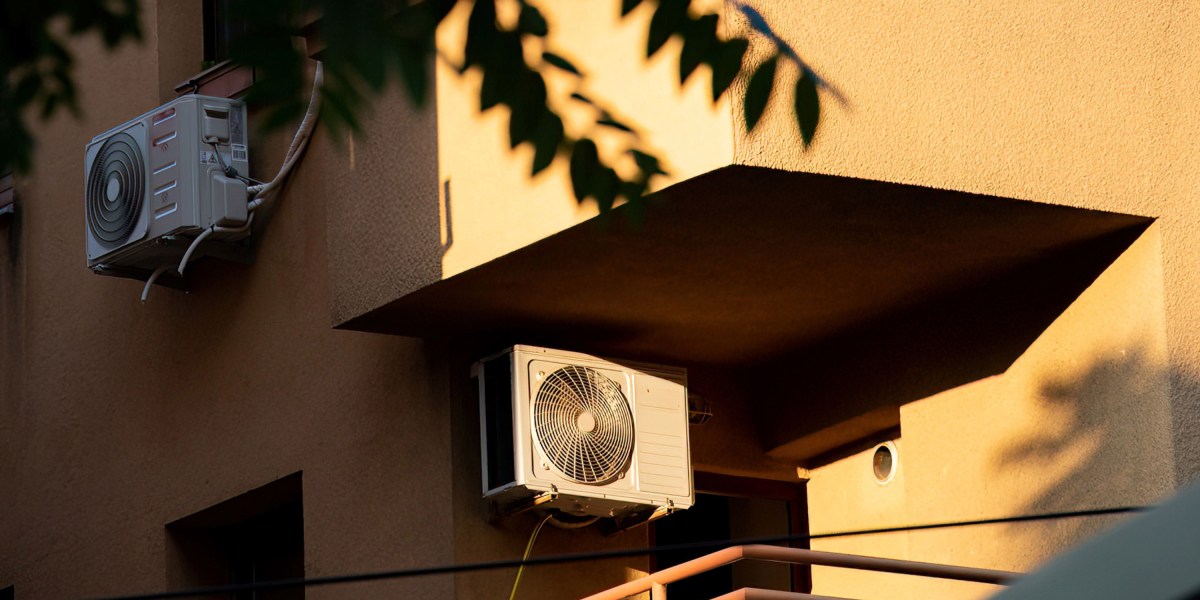People across the city, county, and even the state are probably doing the same thing. And like me, they might also be firing up the TV and an air fryer to start on dinner. This simple routine may not register in your mind as anything special, but it sure does register on the electrical grid.
These early evening hours in the summer are usually the time with the highest electricity demand. And a huge chunk of that power is going into cooling systems that keep us safe and comfortable. This is such a significant challenge for utilities and grid operators that some companies are trying to bring new cooling technologies to the market that can store up energy during other times to use during peak hours, as I covered in my latest story.
Let’s dig into why that daily maximum is a crucial data point to consider as we plan to keep the lights (and AC) on while cleaning up our energy system.
In some places where air-conditioning is common, like parts of the US, space cooling can represent more than 70% of peak residential electrical demand on hot days, according to data from the International Energy Agency. It’s no wonder that utilities sometimes send out notices begging customers to turn down their AC during heat waves.
All that demand can add up—just look at data from the California Independent System Operator (CAISO), which oversees operation of electricity generation and transmission in the state. Take, for example, Monday, August 5. The minimum amount of power demand, at around four in the morning, was roughly 25,000 megawatts. The peak, at about six in the evening, was 42,000 megawatts. There’s a lot behind that huge difference between early morning and the evening peak, but a huge chunk of it comes down to air conditioners.
These summer evenings often represent the highest loads the grid sees all year long, since cooling systems like my window air conditioners are such energy hogs. Winter days usually see less variation, and typically there are small peaks in both the morning and evening that can be attributed to heating systems. (See more about how this varies around the US in this piece from the Energy Information Agency.)
From a climate perspective, this early evening peak in the summer is inconveniently timed, since it hits right around when solar power is ramping down for the day. It’s an example of one of the perennial challenges of some renewable electricity sources: they might be available, but they’re not always available at the right times.
Grid operators often don’t have the luxury of choosing how they meet demand—they take what they can get, even if that means turning on fossil-fuel power plants to keep the lights on. So-called peaker plants are usually the ones tapped to meet the highest demand, and they’re typically more expensive and also less efficient than other power plants.

